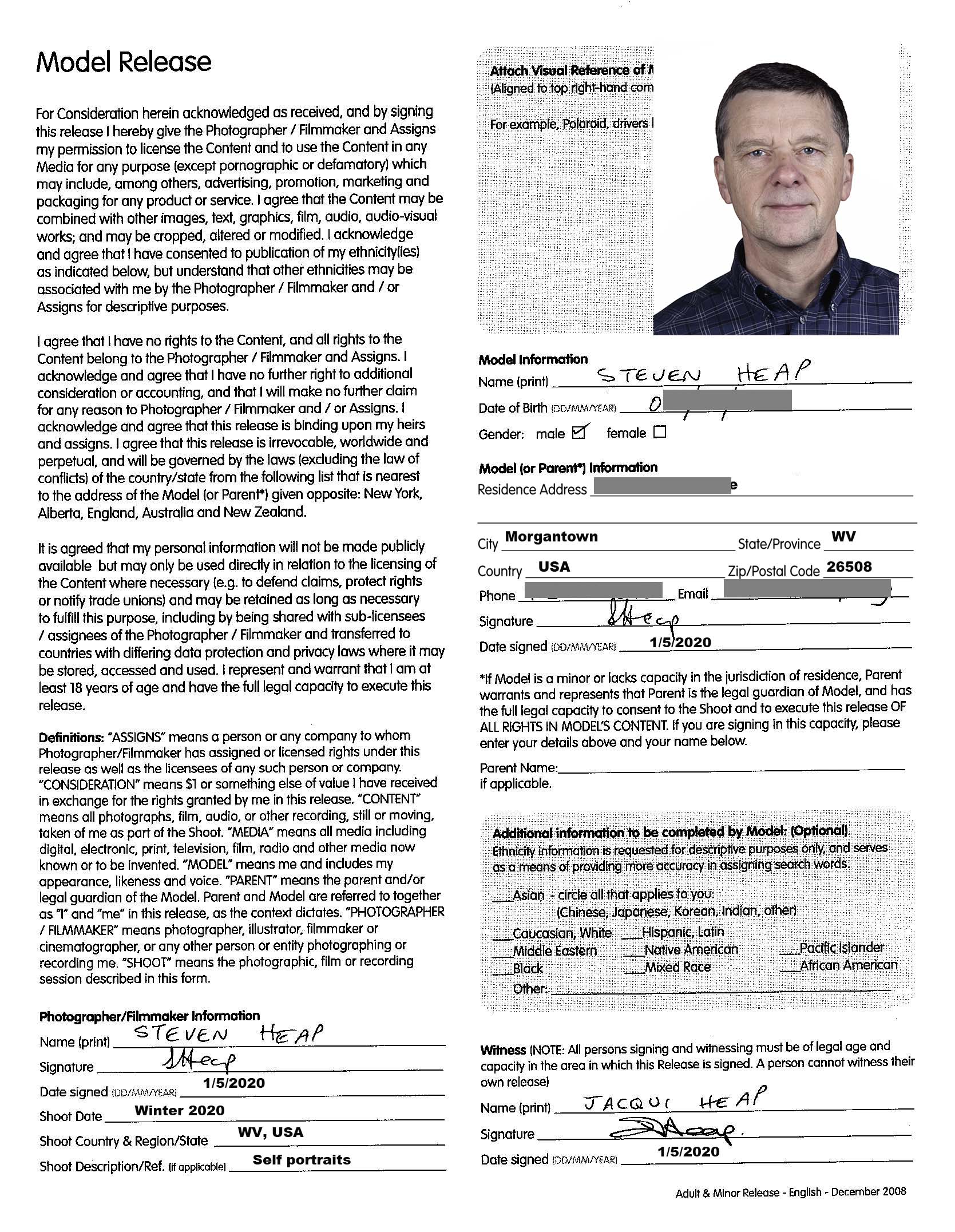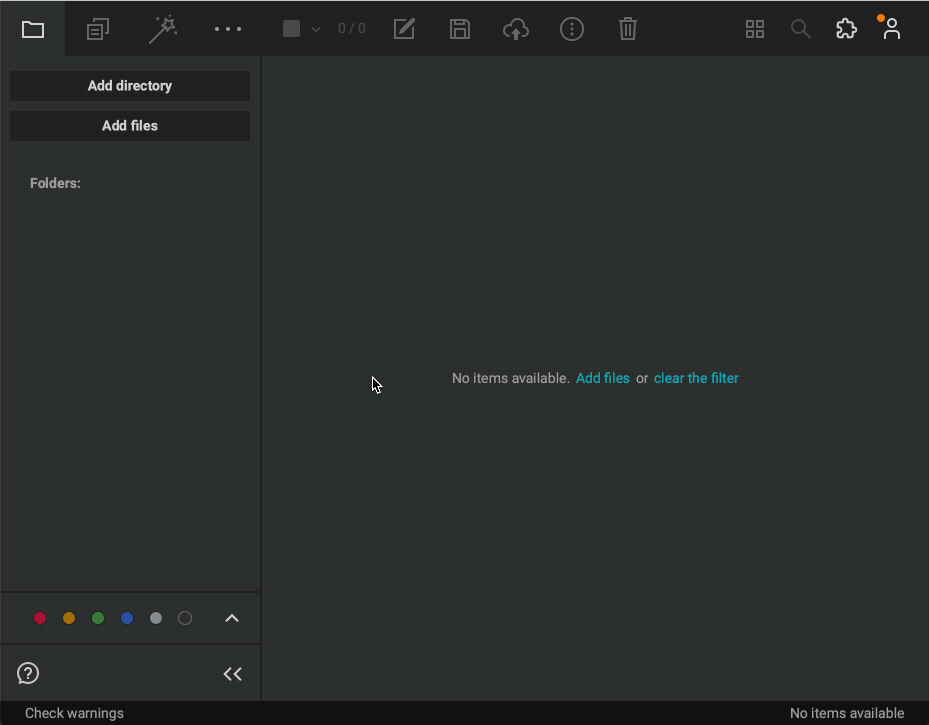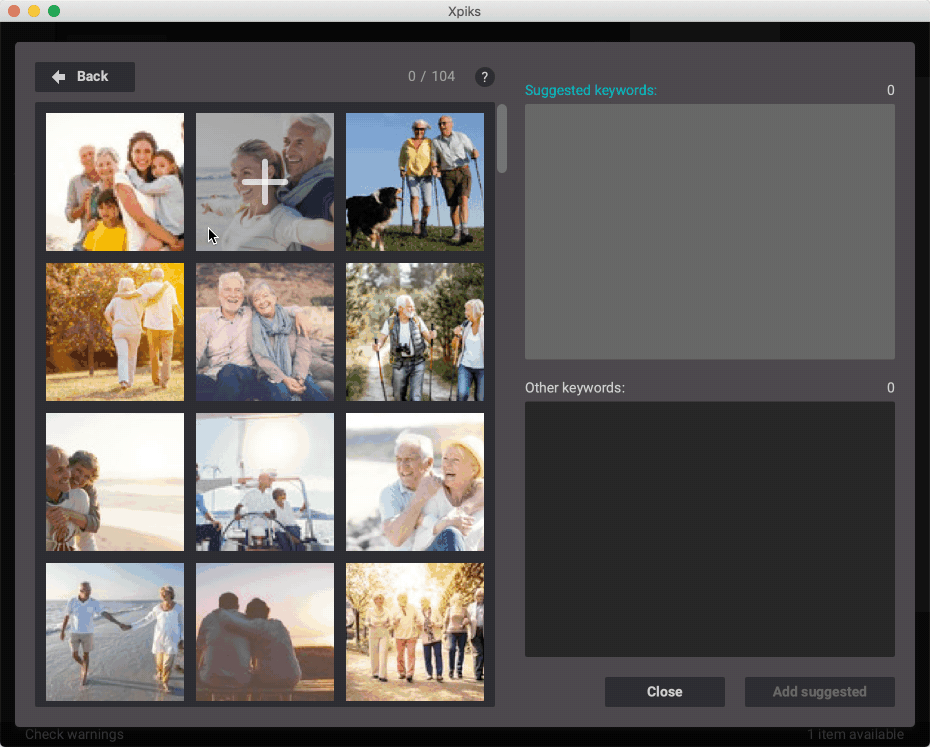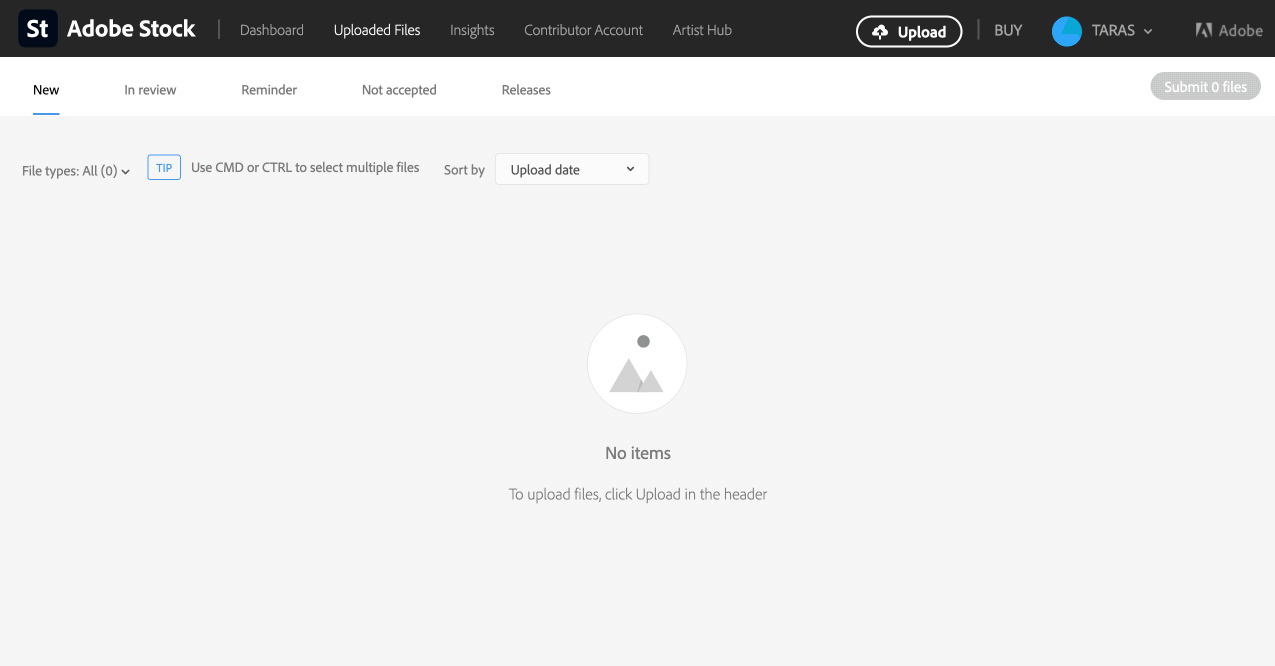I’m sure many of you are now thinking – what, I’m not an attractive model! Who on earth would want to buy a picture of me? But I can assure you, I certainly don’t fall into that category either but over the past 10 years, I’ve earned at least $25,000 selling simple images of myself taken at home.
In this blogpost you will learn how does it work in general and how exactly you can do it too.
Table of Contents:
Microstock Agencies are your link to the buyers
What is stock photography
The secret comes in several pieces. First, you need to have somewhere to get your images in front of potential buyers.There is a vibrant industry called Microstock which does exactly that. Stock photos are images taken by photographers based on their own ideas (rather than a commissioned shoot) and placed online in agencies. Users of these images for newspapers, magazines, web articles, advertising, films and TV use the agencies to search for images that meet their needs. They buy a license to use them from the agency which takes its cut and pays you, the contributor, for the right to use that image each time it is licensed. The word “license” is key here. You aren’t selling the image, handing over the copyright or anything like that. You are simply offering a “non-exclusive right to use” license. This means that you can offer the same image to buyers via multiple stock agencies. You can also license that image an unlimited number of times and for as long as there is still a market for it. One image uploaded today may still be being licensed in 2030 if it has enough general interest to keep it topical.
How to get started in stock photography
There are many articles and books available about getting started in stock photography, including some that I have written, but the basic steps are to sign up online at a range of agencies. The most popular ones for contributors are Adobe Stock, Shutterstock, iStock, Alamy and Depositphotos. There are many more, but these are the ones that tend to generate the most income for contributors. You will almost certainly have to prove your identity with a passport or driving license and also have a Paypal account to receive your funds. Some agencies have payment options via other means, but Paypal is by far the most widely accepted. Most of the agencies used to have a quality test where you upload 10 images and have to have a certain number accepted. That is still the case for some, but if you are competent in using a digital camera, you should not have serious issues with this. Although almost every image taken in the world these days is taken with a phone, you won’t get very far unless you have invested in a reasonably professional camera. Phones are great, but they are limiting in terms of the quality (particularly noise in the shadows) and as stock agencies look at each uploaded image in some detail, your phone shots have a higher chance of rejection.
Why would someone buy a picture of me
The simple answer is because it helps illustrate a story. The story might be part of an advertising campaign, it might be used to illustrate an article or it might be a body part that illustrates a story they are telling. The key is that it is not just an image of you that they need – it is an image of you that helps tell their story. A couple of years ago, a contributor to Shutterstock decided that in order to make money, he needed to get thousands of images online with them. So, he set about taking pictures of himself against a plain background with all manner of facial expressions and different costumes. As far as I know, he sold very few – he had lots of images but not many could be used to illustrate a story.

This brings me to the nub of this article. To create an image that continues to sell, it must have that human interest but critically, must illustrate something that journalists write about time after time. In the USA and Canada, almost every home has some form of air filter in their heating and cooling system and these must be changed every six months or so. As a result, every home-oriented website will have articles every six months about changing these air filters. Electricity up in price? Well, write an article about making your heating more efficient by changing your air filters. I’m sure you get the picture. Illustrating this with a boring photo of an air filter doesn’t get the clicks, but have some old guy stretching almost out of his reach to get at this air filter is just what they need. So this one (and a few similar ones for variety) have earned me $5000 and still sell today. Notice one thing about this? There is no product name on the filter – no 3-M trademark. This is because, for general use, the image can’t contain anything that would link it to a particular manufacturer. Remove names and any icons in Photoshop before uploading.
Examples of photos of me that are sold online
Cutting the cord

Another long running story is the slow, but sure, demise of Cable TV. Right from the early days of Netflix, the world has been full of stories about how expensive regular TV is (especially in the USA) and how streaming just the programs you want to watch will be less expensive and more useful than 100 channels that you rarely watch. So, every time Comcast (a big US cable company) reports that the number of their subscribers is down, out come the articles about “cutting the cord”. So, what do they need? An old guy (those tend to be their subscribers) finally cutting the aerial wire to their TV. A bit of a silly photo, I must admit, but it is dramatically lit, the face is out of focus to allow your attention to be clearly on the hand and the scissors cutting the cable. Although I do see it everywhere, it isn’t that good an earner – perhaps $500 or so – but it took very little time and effort to stage. No expensive model or props for this one!
USA focused?
An interesting aside here that is worth considering. These images have a clear US focus – European homes don’t have those air filters in general. The design of a cable TV aerial plug is different in the US to other countries. So should you try to serve your own home market instead. The answer is a yes, maybe, but try to create a US flavor as well. That is because the US and Canada is probably the largest market for the use of these images and so meeting that need gives you a greater chance of sales. And an image that sells moves higher up the search engines and so sells more frequently. A Spanish TV plug might be quite unique in the stock agency databases, it won’t sell frequently enough to rise up for more general buyers and so will never get traction.
Playing Doctors and Nurses
Not literally, I must stress! But one of my early investments was in a pair of medical scrubs and a stethoscope. Maybe $30 or so! And then, with a green screen in my studio, I could be a doctor whenever the story called for it. Altogether, those props have earned around $1500 with this being the best seller at $375:

With the green screen, I can quickly remove the background and insert an alternative location. In this case, it is a corridor in an empty mall blurred and pretending to be a hospital. The full-face versions of this sort of shot don’t sell as well as the “body parts”. I think that is because it personalizes it a little too much (or because I don’t look like a believable doctor!).
Net Neutrality
Once you have your mind in the right gear, there are endless variants of these that you can take. Net Neutrality is another subject that continues to evolve. So how about our favorite old guy (in a suit this time) squeezing an ethernet cable to show how Big Tech can slow down your internet service?

Again, not a massive seller, but $500 on this subject and a few hundred on another is what you need to make this a worthwhile venture. I now have about 16000 images online (not all of myself!!) and regularly earn around $36,000 a year from them. A lot of effort over the years, yes, but there are not many things you can do that then generate recurring income year after year.
Metadata
Metadata is a clever term for keywords and descriptions. If there is just one thing you take away from this article, it is that the best photograph in the world will earn nothing if it can’t be found. And it isn’t found by someone seeing it. It is found by someone searching for a word or phrase that describes what they have in their mind. If your photo has matching words in the description or keywords you have added to the image, they will potentially see it and license it. There are many online and desktop tools to help you come up with good keywords. Xpiks has a great AI enabled tool built into the application to come up with words you might not have thought of and populate the most likely keywords into the file. But I would always say that you should think of the sort of stories that you think your image could illustrate and then think about how you would search for it. That often gives you a few more ideas that could be just what a buyer might use. So never skimp on this part of the process. It really is as important, perhaps more important, than taking the photo in the first place.
Model releases
Model releases are the other key factor here if you are taking pictures of yourself or other friends. A model release is a legal document that the model signs (with a witness) to give you, the photographer, the right to license that image. Even if you are the model and the photographer, you still need to sign one.

An example of completed and signed model release
There are blank forms available online – this one above came from the Getty site and seems to meet the needs of most agencies so you complete this and sign it, and then scan and upload with your images. As you can see, there are the legal terms and then areas for you to complete. I try to keep the details of the “shoot” vague so that you can use the same release for many different subjects. Although I created this in 2020, it is still accepted when I upload images of myself. There are some electronic versions on Apps that are accepted as well, but that is perhaps overkill if you are your own model.
How much money can you make
The best answer: it depends. It depends on the quality and quantity of the images you take as well as your ability to satisfy certain customer demand. There’s a recent survey and analysis in this blog of how much you can earn in your first years which I’d send you to. The short answer is the earning will be of the ballpark of $1-10 / image / year for most cases on average. Of course some will earn more and others less.
What websites can you sell pictures on
Here are the most popular ones:
You can check here for more.
Getting the images online
Every stock agency has its own way of supporting uploads, but almost every professional stock photographer never uses those! To make money, you need to support as many agencies as you can manage and that means that you cannot afford to waste time working on the upload process that each agency has developed. Luckily, apps such as Xpiks allow you to upload your image to the agencies you have signed up for. I only visit each stock agency once a month when I look to see how much I have earned for my own spreadsheets and stats. I am focused on creating new images, keywording them and getting them online as soon as I can. Nothing else really matters, so choose your partners carefully and make full use of the features of those applications in streamlining your processes.
One bonus step here. Once you have spent the time describing your images, you can also upload the more artistic ones to Print on Demand sites and sell them as wall art. The profits on each one can be much higher and you get a lot of satisfaction from people choosing your photos to decorate your home.
Step by step guide
Now that I have explained all the different elements that go into a successful stock photo using your image of yourself, lets quickly run through the steps to follow. It’s best to use an app like Xpiks because it allows you to write keywords and descriptions to the file itself so each of the microstocks where you upload your file will read it. Otherwise you would need to copy and paste it every time through different browser tabs. Also Xpiks allows you to upload instantly to many agencies at the same time so you will spend less time when preparing your files.
I will assume you have already:
- registered with one of the microstock agencies
- installed Xpiks on your computer (it’s free!)
Opening your file in Xpiks
First of all you need to add the photo to Xpiks. You can do so by simple drag’n’drop. After the file is added you can double click it or select and press “Edit” to open in a larger editing view.

Simply drag'n'drop your file
Adding keywords, title and description
There are few dozen of ways of how to add metadata with Xpiks. For the sake of brevity, let’s assume you will just use Suggest keywords feature. Click “Suggest Keywords” to enter some words that describe your image and then see similar one that are already online. Selecting the images that most closely resemble yours will collect all the keywords describing those photos and add them to yours.

Select images similar to yours and combine their best keywords
You can then delete ones that don’t really describe your photo and add in new ones that better fit it. For instance, I wanted sunset in here for my selfie. Keep in mind that most agencies only accept 50 keywords or less. You add a Title and a Description for the image. These are searchable as well, so make sure you add the important phrases that describe your photo.

Completed metadata: title, description and keywords
Save your changes
After you finished editing, save the metadata into the file by selecting the file and pressing “Save”.

Metadata will be stored in the file for future reuse
Upload your file to microstocks
In this example I will upload to Adobe Stock. To upload you need to grab your FTP username and password.

After the file is saved, select it and press “Upload” button. You can add where you want to upload as a next step. For more detailed guide check upload tutorial.

Finish the process on the microstock website
Login to Adobe Stock Contributor portal and submit the file. After it gets reviewed and accepted, it will be added to your portfolio, just like this one was added to mine:

Uploaded photo in the Adobe Stock portfolio
Keep in mind that you need to fill the model release discussed above as well to attract more buyers.
Sit back and wait for sales
Now that your first file is uploaded, what you can do is, first of all, upload it to other major microstock agencies. This is the simplest way to earn more. Pick few best ones like Adobe Stock, Shutterstock, Depositphotos and Alamy and start there. After that, continue to upload as consistency is the key and microstocks are not a get-rick-quick scheme, but more of a dedicated work.




